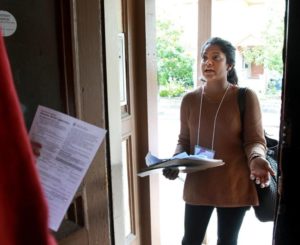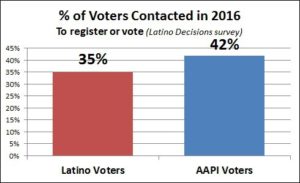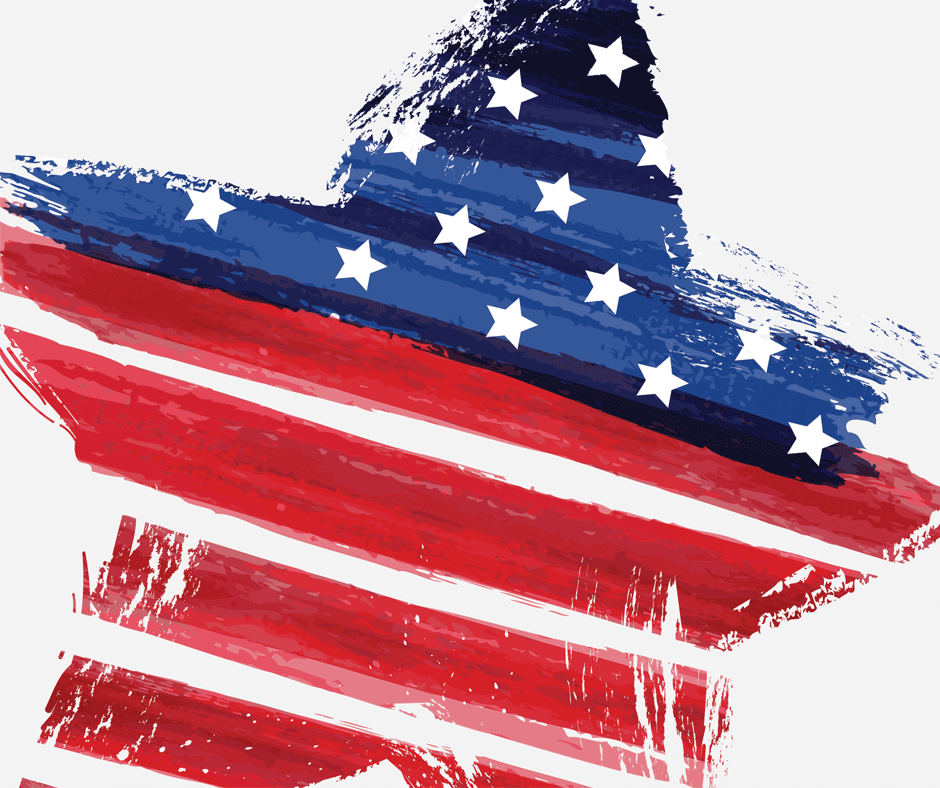One Reason People Don’t Vote: They’re Not Contacted
 Did you know that in 2016, four in ten of the nation’s 231 million eligible voters didn’t vote. One reason is that, in spite of the election’s pervasive exposure in the media, the majority of eligible voters were never personally contacted about voting by a candidate or campaign.
Did you know that in 2016, four in ten of the nation’s 231 million eligible voters didn’t vote. One reason is that, in spite of the election’s pervasive exposure in the media, the majority of eligible voters were never personally contacted about voting by a candidate or campaign.
The lack of personal outreach has its greatest impact on younger and new voters who are less familiar with the voting process – including when and where to register, how to cast their vote, the various issues at stake, and with the offices and candidates on the ballot. For new or lower propensity voters political scientists have long found, personal contact by a trusted messenger is a powerful predictor of likelihood to vote.
The Voter Contact Gap
The voter contact gap should have particular salience for nonprofits that want their communities to have political voice and reap the participation benefits of civic engagement. The reality is that partisan campaigns have limited time and resources. For that reason they give priority to a smaller universe of more likely voters, to the exclusion of groups with lower turnout expectations. Community-based organizations and peer-based efforts rooted in local communities may be these low propensity voters’ best hope to register and vote.
In a typical presidential year, the American National Election Studies (ANES) reports in its post-election survey that less than half of voters are personally contacted by a candidate or campaign. The contact rate goes down precipitously by 10-20 points for those already least likely to participate – youth and newer citizen populations. In presidential years, one important reason for this is that growing Latino and  Asian-American (AAPI) populations live disproportionately outside the most contested and targeted states. In 2016 75% of Latinos and 81% of AAPI voters did not live in one of 14 battleground states. (See America Goes to the Polls 2016)
Asian-American (AAPI) populations live disproportionately outside the most contested and targeted states. In 2016 75% of Latinos and 81% of AAPI voters did not live in one of 14 battleground states. (See America Goes to the Polls 2016)
2016 year was no different. An election eve poll by Latino Decisions found that only 35% of Latino voters reported being contacted about voting or registering to vote. Likewise, the partner survey by Asian American Decisions found just 42% of AAPI voters were contacted.
Community Contact Growing
But there’s some good news in both the Latino Decisions and Asian American Decisions polls. Unlike ANES, these surveys included a question about the source of voter contact; whether it was from a campaign or a community organizations or sources outside the political parties.
Because of this community outreach, contact rates were actually 5-10 points higher in 2016 for Latino or AAPI voters compared ANES surveys in prior years. What was particularly impressive were signs of the growing amount of non-party outreach in both polls. Of those contacted 51% of Latinos and 46% of AAPIs reported contact by a community group outside the parties. Many said this was their only contact about the election.
Structural Issues also Loom Large
The elections in too many states aren’t competitive offering voters a meaningful choice that attracts turnout or creates a likelihood of being contacted. The Electoral College, a long outdated constitutional compromise, plays a big role. The winner is determined in a handful of battleground states – only 14 last year – where the campaigns dedicated 99% of their ad dollars and 95% of candidate visits. As cited above most Latino and AAPI voters – and voters in general – live outside the battleground states in states where the outcome is pre-ordained. Another big reason is just 37 of 435 Congressional seats were seriously contested as increasingly partisan redistricting has rendered most seats challenger proof for one of the two major parties.
No Substitute for Personal Outreach
But even with election improvements there is no replacement for face to face contact (or to some extent genuinely personal contact on social media) to transform voting rates. Especially for new voters or those challenged by time and circumstances to educate themselves on the voting process. Just by integrating personal conversations about voting into every activities and outreach, nonprofits and community organizations can play an out sized role in lifting voter participation rates and engaging the underrepresented populations we engage and serve.
George Pillsbury
Founder and Senior Consultant, Nonprofit VOTE




